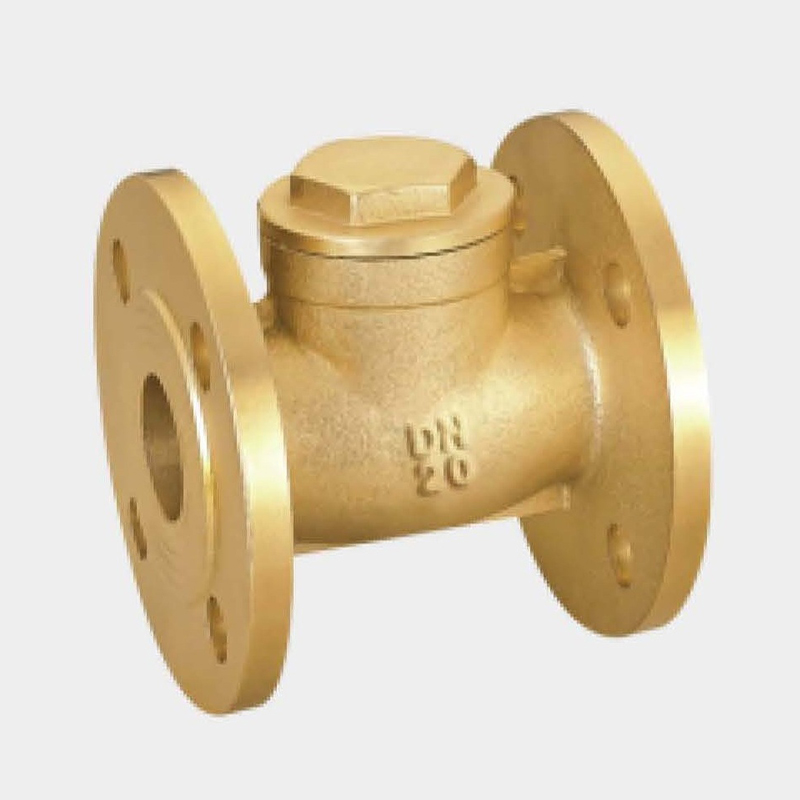Check Valve is a key component in fluid machinery (including electric machinery, chemical machinery, fluid power machinery, etc.) to control the flow capacity. Its performance and safety are closely related to the working performance, efficiency and reliability of the entire device. In industrial production processes such as oil refining, petrochemicals and power generation, vibration, noise and Valve Stem rotation of Check Valve often occur. Accidents such as valve stem breakage due to vibration also occur from time to time.

The vibration and noise of Check Valve can be roughly divided into mechanical vibration, cavitation vibration and fluid dynamics vibration according to their different inducing factors.
1. Mechanical vibration: Mechanical vibration can be divided into two states according to its manifestation. One state is the overall vibration of the Check Valve, that is, the entire Check Valve frequently vibrates on the pipe or base. The reason is that the pipe or base vibrates violently, causing the entire Check Valve to vibrate. It is also related to frequency, that is, when the external frequency is equal to or close to the natural frequency of the system, the energy of forced vibration resonates. Another state is the vibration of the Check Valve disc. The reason is mainly due to the sharp increase in the flow rate of the medium, which causes the differential pressure before and after the Check Valve to change sharply, causing serious oscillation of the entire Check Valve.
2. Cavitation vibration: Cavitation vibration mostly occurs in Check Valve in liquid media. The fundamental cause of cavitation is the vaporization of the liquid caused by the acceleration of fluid contraction in the Check Valve and the drop in static pressure. The smaller the opening of the Check Valve, the greater the pressure difference before and after it, the greater the possibility that the fluid will accelerate and cause cavitation, and the corresponding pressure drop of the blocked flow will be smaller.
Preventive measures: From the use of Check Valve and theoretical analysis, it can be proved that there are many factors that induce vibration and noise of Check Valve. These factors influence each other, and many of them occur at the same time, which reduces the damping of Check Valve. It is more difficult to reduce noise, and it needs to be comprehensively considered in combination with the material, structure and fluid dynamics of the
Universal Valve.
1. The Check Valve should be installed away from the source of vibration. If it is unavoidable, preventive measures should be taken.
2. Select parts correctly. If the valve disc changes rapidly from high to low, and the sensitivity of the Universal Valve positioner is too high, small changes or drifts in the regulator output will immediately be converted into a large positioner output signal, causing the valve to oscillate. The friction of the Check Valve is too small, and slight changes or drifts in the external input signal will be immediately transmitted to the valve disc, causing it to vibrate. On the contrary, if the friction of the Check Valve is too large, it will not be able to operate when the signal is small. When the signal is large, it will cause an excessive phenomenon once it operates, which will cause the Check Valve to produce hysteretic oscillation. In this case, the damping of the corresponding part of the Check Valve should be reduced to solve the problem, such as replacing the packing, etc.



